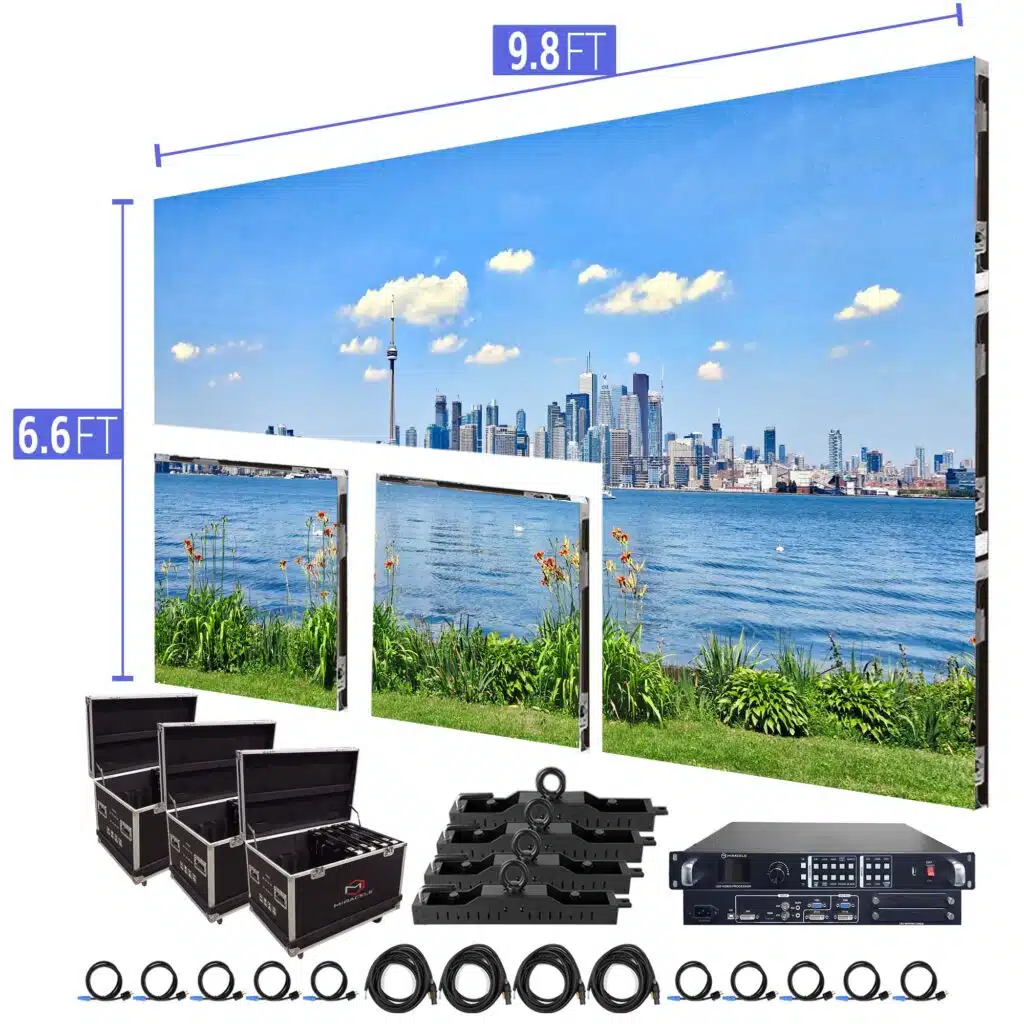Hue precision is crucial for producing breathtaking graphic displays, especially when using LED walls. These large displays are frequently found in locations like concert venues, athletic arenas, and advertising billboards. When the hues on an LED screen are not correct, the visuals can look dull or distorted, which can affect the total impression for audiences. Therefore, perfecting color precision in LED screen calibration is vital for attaining lively and realistic visuals.
The initial step in guaranteeing color precision is comprehending how LED technology works. LEDs, or light-emitting diodes, produce light in multiple colors by combining red, green, and blue (RGB) light. Each dot on an LED wall consists of these three colors. When tuned correctly, the combination of RGB can create a broad range of hues. However, if one color is too bright or too faint, it can throw off the entire display. This is why tuning is needed to equalize the colors and reach the intended visual effect.
Tuning entails modifying the settings of the LED screen to ensure that the hues shown match the original material as closely as feasible. This process usually includes using specific software and hardware tools. Technicians frequently use color measurement devices, such as color meters, to analyze the colors being shown. By comparing the measured hues to standard color standards, they can make precise modifications. This ensures that the hues are not only lively but also consistent across the whole screen.
Another crucial aspect of color accuracy is comprehending the environment in which the LED screen is used. Elements such as ambient light can considerably affect how hues look. For example, a well-lit lit room may fade colors, making them look not as vibrant. To mitigate this, technicians may adjust the brightness and differentiation settings of the LED screen. Additionally, they may choose particular color profiles that are more suited for various lighting conditions. This flexibility helps maintain color precision regardless of the see this page observing environment.

Finally, regular upkeep and re-tuning are essential for keeping an LED wall looking its best. Over time, the functionality of LEDs can alter due to factors like aging and temperature fluctuations. Frequent checks and adjustments can help guarantee that the colors remain correct and lively. By investing time in appropriate calibration and upkeep, venues can offer audiences with breathtaking graphic presentations that enhance their overall impression. Mastering color accuracy in LED screen calibration is not just a technical job; it is an expertise that contributes to the magic of graphic narration.
Comments on “Perfecting Color Accuracy in Light Emitting Diode Wall Calibration for Breathtaking Visual Displays”